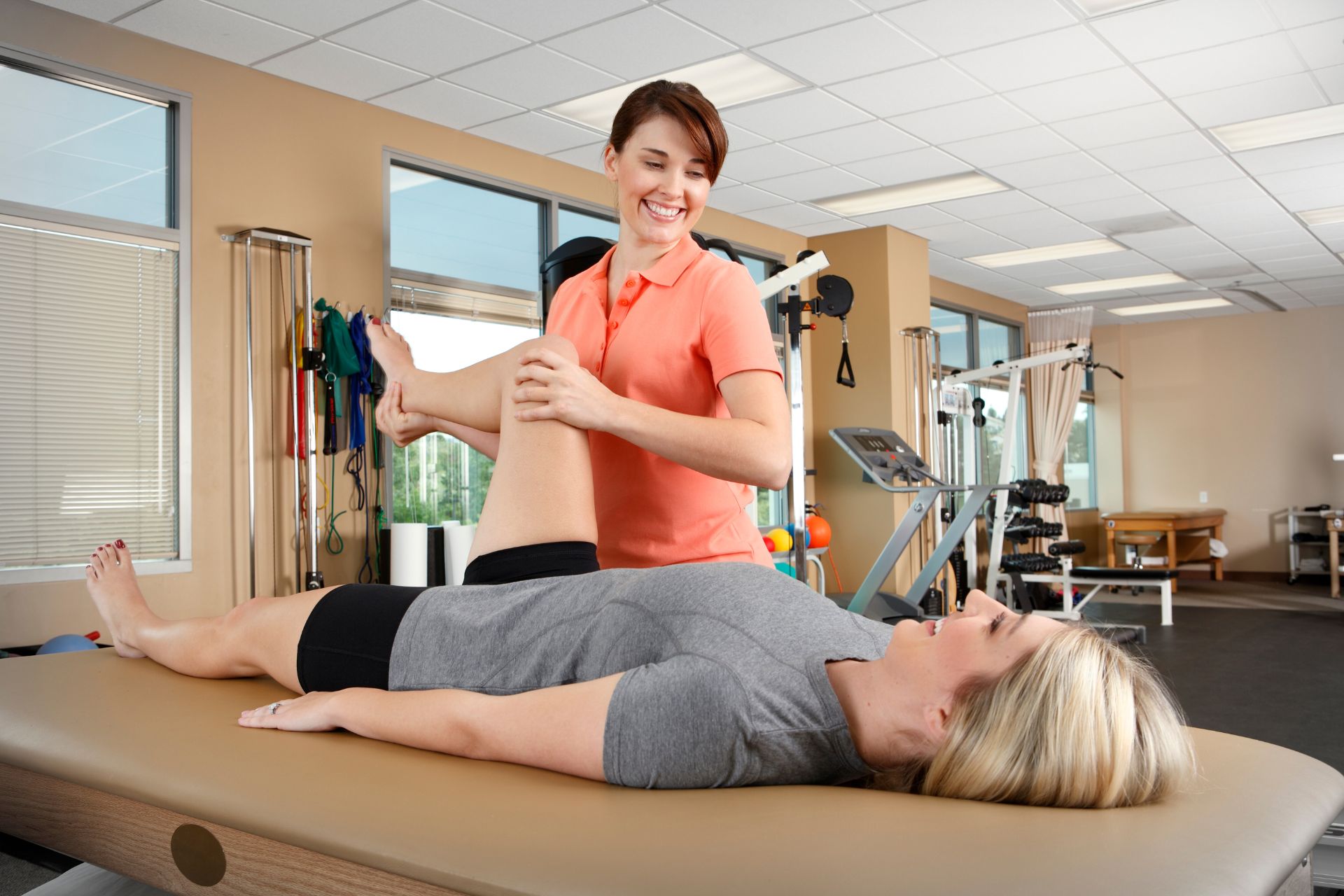Frequently Asked Questions
Early intervention in orthopedic physical therapy significantly enhances post-surgical recovery times for knee replacements by promoting optimal joint mobility, reducing postoperative pain, and facilitating the restoration of functional strength. Engaging patients in a structured rehabilitation program shortly after surgery allows for improved proprioception and neuromuscular coordination while minimizing complications such as stiffness or adhesions. Tailored therapeutic exercises focusing on range of motion, muscle activation, and weight-bearing activities contribute to quicker attainment of specific milestones like ambulation and stair climbing. Additionally, evidence-based interventions that incorporate modalities such as cryotherapy or electrical stimulation further expedite tissue healing and inflammation reduction. Overall, early physical therapy involvement is crucial in achieving enhanced outcomes related to patient satisfaction and return to daily activities following total knee arthroplasty procedures.
Specific assessment tools used to identify candidates for early intervention in shoulder rehabilitation include the Visual Analog Scale (VAS) for pain measurement, the Constant-Murley Score for functional evaluation, and the Disabilities of the Arm, Shoulder and Hand (DASH) questionnaire to assess disability. Additionally, clinical tests such as Neer’s test and Hawkins-Kennedy test are utilized to diagnose impingement syndromes. Range of motion assessments using goniometers help determine mobility deficits, while strength testing through handheld dynamometry evaluates rotator cuff integrity. Furthermore, imaging techniques like MRI or ultrasound may be employed to visualize soft tissue injuries or structural abnormalities within the scapula-humeral joint complex. Comprehensive evaluation often integrates patient history with subjective reports alongside objective findings from physical examination protocols aimed at guiding tailored therapeutic interventions in shoulder rehabilitation programs.
Early intervention plays a crucial role in preventing the development of chronic pain following an ankle sprain by promoting effective rehabilitation strategies, reducing inflammation, and enhancing tissue healing. Timely assessment by healthcare professionals allows for targeted interventions such as physical therapy modalities—like proprioceptive training and neuromuscular re-education—that optimize joint stability and range of motion. Furthermore, implementing evidence-based protocols that include cryotherapy to manage swelling and analgesics to alleviate pain can mitigate adverse biochemical responses associated with injury. By addressing psychological factors through cognitive-behavioral approaches, individuals are less likely to develop maladaptive behaviors or kinesiophobia that contribute to persistent discomfort. Ultimately, early mobilization combined with comprehensive education on self-management techniques fosters resilience against chronicity while reinforcing functional recovery pathways essential for long-term musculoskeletal health.
Manual therapy techniques play a crucial role during the initial phases of treatment in pediatric orthopedic cases by facilitating soft tissue mobilization, joint manipulation, and neuromuscular re-education. These hands-on approaches are essential for improving range of motion, alleviating pain associated with musculoskeletal disorders such as developmental dysplasia or post-fracture rehabilitation. By utilizing targeted techniques like myofascial release and craniosacral therapy, practitioners can enhance proprioception and kinesthetic awareness while promoting optimal alignment of growing bones and joints. Furthermore, manual interventions help to alleviate tension within connective tissues that may hinder proper biomechanics in children recovering from injuries or congenital conditions. Ultimately, these therapeutic strategies not only foster physical recovery but also contribute significantly to emotional well-being through increased comfort levels during early stages of intervention in pediatric populations.
Patient education plays a crucial role in enhancing the effectiveness of early interventions for sports-related injuries by fostering a comprehensive understanding of injury mechanisms, prevention strategies, and rehabilitation protocols. By equipping athletes with knowledge about their specific conditions—such as sprains, strains, or tendonitis—and emphasizing the importance of adhering to recovery timelines and therapeutic exercises, patient education promotes better compliance with treatment plans. Furthermore, it empowers individuals to recognize symptoms that necessitate prompt medical attention while mitigating risks associated with premature return-to-play decisions. Enhanced awareness also encourages proactive engagement in proprioceptive training and strength-building activities aimed at minimizing future injury occurrences. Ultimately, informed patients are more likely to adopt safe practices during physical activities and contribute positively to their long-term athletic performance outcomes.

